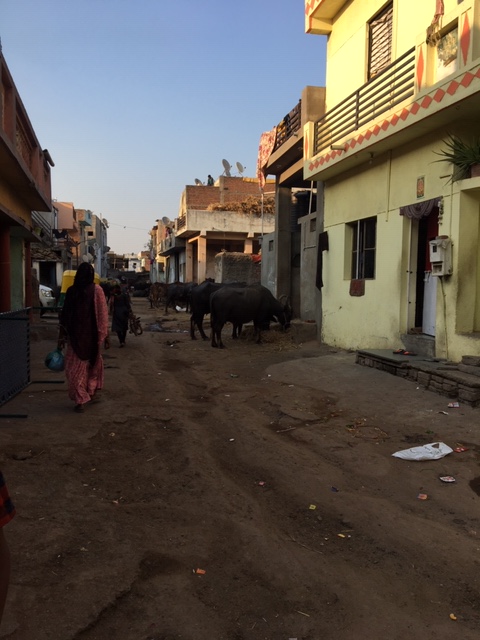I write extensively on participation of women in the work force in the academic world. In fact my PhD thesis ‘looong’ ago was on Women’s Participation in Agriculture in India, which was later published as a book by Oxford and IBH, India. I have written many journal articles on the topic, which you can search separately on Google Scholar or on Research Gate. Recently my University made me fill all that up again on ORCID and link it to SCOPUS. What a lot of duplication all this is, but well! We are in a competitive system and not just us individual academics, but the universities and academic institutions are also having to prove their credentials.
This blog is not meant to be an ‘Economics’ blog! There are plenty of very competent bloggers in this field. But you can hardly take the Economist out of me! So I do write simple short pieces in one segment of this blog tagged ‘Economy and Society’. My interest has always been on the lower segments of the workforce and among them, now very visible to us with the COVID crisis, is the informal sector.
Women’s work participation in India is awfully low, at least what is captured by official statistics. The definition of ‘work’ is of course contested, and the official statistics only captures what the National Accounts (which estimates the Gross Domestic Product, GDP) calls ‘production of goods and services for pay or profit’. We all know that women do a lot of the social reproductive functions and is engaged in a lot of domestic activities required for our survival. Obviously these activities are not captured in ‘work’ as defined by the official labour force statistics.
Till about a decade ago 30 percent of women in India ‘worked’ in rural and about 18 percent in urban India, which is abysmally low compared to other countries. The shocking part, which has been a case for a lot of discussion among researchers, is that this very low work participation of women has been further falling over the last couple of decades. I had written a short piece on this about a year ago, which discussed, in simple terms, why this could be happening (READ HERE). I also discussed the work of people in the informal sector and how they have been impacted by two major macroeconomic shocks in India, demonetization in November 2016 and introduction of the Goods and Services Tax (GST) in July 2017.
Today, as we go through a nationwide lock down due to COVID19, with possibly huge repercussions for the economic health of the nation, there are many who are remembering the demonetization announced on November 2016. Both the current shutdown and the decision to withdraw currency notes from the economy came as sudden moves. Even as we try to draw parallels, we must keep in mind that the demonetization has an impact only on the informal economy or the sectors which predominantly operate on ‘black’ money. On the other hand, this current shutdown has impacted all parts of the economy. Yet, both are macro shocks which had an economy wide impact and to that extent it is instructional to understand how demonetization impacted our economy. In a popular article published in the Business World (READ), my co-author, Pritha Dev and I, discuss two macro shocks that hit the economy before the current pandemic – the demonetization of November 2016 and the GST implementation of July 2017. We note: “The lessons of demonetization for this crisis are clear. Women will be pushed out of the workforce and not get a second chance to re-categorize themselves. At the same time, men will also face the push but many will try to reinvent their career through changes.” Do take a look and your comments on our views are most welcome.



